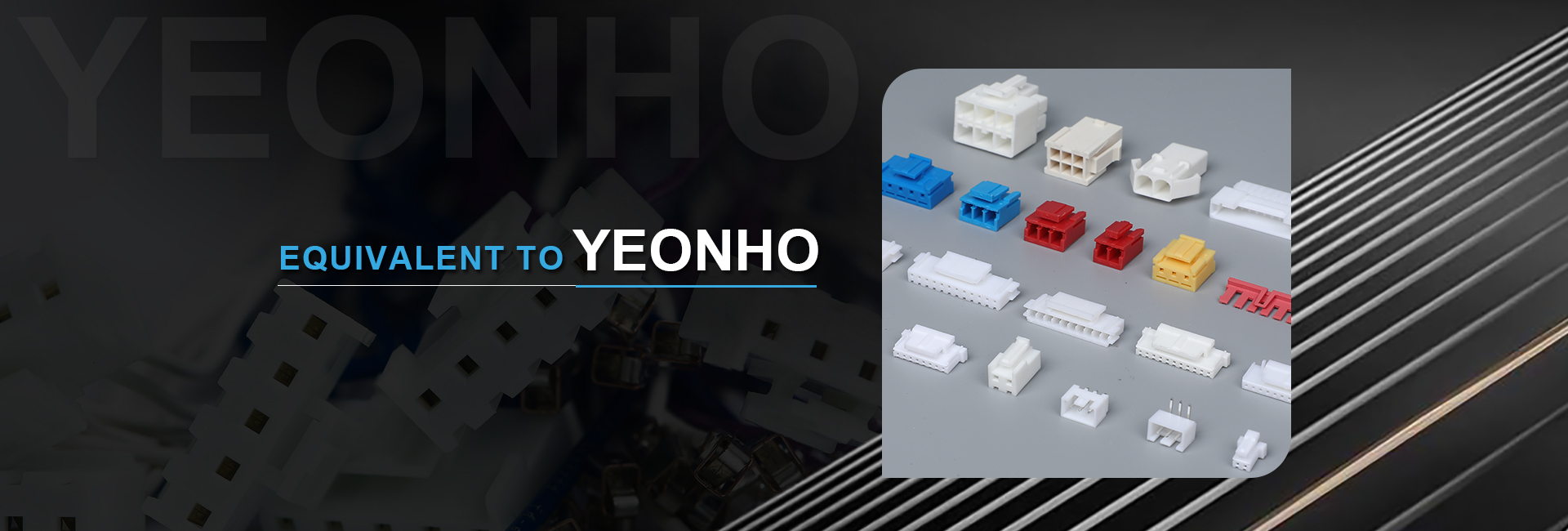First of all, it introduces the solution to the failure problem of rocker switch. When we had issues with the rocker switch, we couldn’t move it. What should everyone do at this time? I don’t know how to start, worried about damaging the switch. Below, I will describe it.
Rocker switch, a common type of green light when connected. Sometimes it can’t be turned off, that is, it can’t be bounced back, and the gas switch is often jumped to solve the problem:
The internal structure of the expansion and contraction board switch has a copper sheet, and the core has a torsion spring support point, the torsion spring is offset and the plastic support frame is aging and deformed, the switch is inconvenient, and it is detachable after turning off the power. If the plastic component isn’t damaged, it’s likely to be repaired. The neutral of the switch internal structure is immediate and irrelevant to the switch components. Therefore, if the switch bypasses the gas switch, according to the damage to the cable sheath of the neutral wire of the switch, disconnect the damaged part from the beginning, paying attention to ensure the insulation layer. It may also be a short-circuit fault on the feet of the display light, and wiring from scratch.
After introducing the solutions to common faults, we will introduce the installation method of rocker switches to help you quickly master and install them.
At this stage, most switches use ductile mechanical equipment cards, which are convenient and convenient to install. Just press the switch inward from the outside of the control panel, and there are similar barb barbs on both sides of the switch, which are stuck and then connected from the opposite side. Note that the switch specifications are suitable, otherwise the switch is likely to be damaged or stuck.
There are two opening cards on both sides of the four-legged rocker switch with light. Push the switch down to the hole on the board, and the switch will be stuck on the board after the buckle.
Below, we will introduce a small point of knowledge: what is the difference between rocker switches and piano key switches, to help better grasp the structural characteristics of rocker switches.
Piano key switch: long strip, generally with six solder joints, double-pole double-throw, 2 solder joints in the middle are input terminals, and four solder joints on both sides are output terminals; including 2 separate array double-throw switches Same pose with 2 groups. After facilitation, the mid-key and distal solder joints are joined, followed by debounce, the mid-key and proximal solder joints.
Rocker switch: close to the square, press which end, the middle electric welding spot is connected to the output end. The basic principle is the same as that of the key switch, but many rocker switches only have four terminals, which are constructed as double-pole single-throw, several poles alone, and synchronous switches.
So how are rocker switches classified?
①According to the type of action, it is divided into array single throw, single pole double throw, double pole single throw,
②According to the switch structure, it is divided into single control, double connection, with light, without light, and protective cover.
③ According to the raw materials touched, it is divided into silver points and copper points.
④ According to the terminal type, it is divided into welding wire type and welding plate type.
The following is a brief introduction to the performance indicators:
①Case raw materials: PA66, P.
②Key material: PA66, PC.
③Material of terminal block: Brass (gold plated with gold plating)
④Touch raw materials: silver aluminum alloy.
Finally, the quality characteristics of rocker switches are introduced. Mastering the professional knowledge in this area can help to understand and be able to better select and improve rocker switches.
①The appearance has no obvious cracks, bubbles, lack of material, shrinkage, etc.
②The logo on the switch casing is clearly visible (verification specification, manufacturer, rated current, model specification, etc.).
③ Whether the manual switch commutation is clear, flexible, and free of screen jams.
④ Whether the color of the terminal after the electroplating process is bright, and there is no air oxidation deformation.
⑤ The packaging must be in a thin plastic foam box, and the product name and total number are indicated on the outer packaging.
Post time: Apr-26-2022



